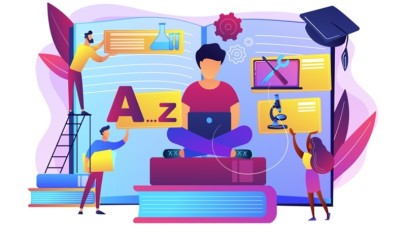Adapting Teaching Methods to Fit Learning Styles
In the realm of education, the interplay between students' learning styles and teachers' instructional methods has been a subject of extensive discussion. While it's widely believed that aligning teaching strategies with individual learning preferences enhances learning outcomes, recent research presents a more nuanced perspective.
The concept of tailoring teaching methods to students' learning styles has been popular among educators. However, recent studies challenge the efficacy of this approach. A comprehensive review found no substantial evidence supporting the idea that aligning instruction with learning styles significantly improves learning outcomes. Moreover, research indicates that students often do not utilize study habits that match their preferred learning style, and those who do perform no better than those who do not.
A Balanced Perspective
While the learning styles theory has limitations, it's essential to recognize the value in acknowledging diverse learning preferences. Educators can enhance learning experiences by:
Incorporating Multiple Modalities: Utilising a mix of visual, auditory, and kinesthetic activities can engage students more effectively.
Employing Universal Design for Learning (UDL): Providing various means of engagement, representation, and expression to cater to all learners.
Encouraging Meta cognition: Helping students become aware of their learning processes and adapt strategies accordingly.
By embracing a flexible and inclusive approach, educators can create environments that support diverse learners without rigidly adhering to learning style categorisations.
Conclusion
The relationship between learning styles and teaching methods is complex. While aligning instruction with learning preferences may not guarantee improved outcomes, adopting diverse and flexible teaching strategies can enhance student engagement and learning. Educators should focus on creating inclusive learning environments that recognize and accommodate the varied needs of their students.




